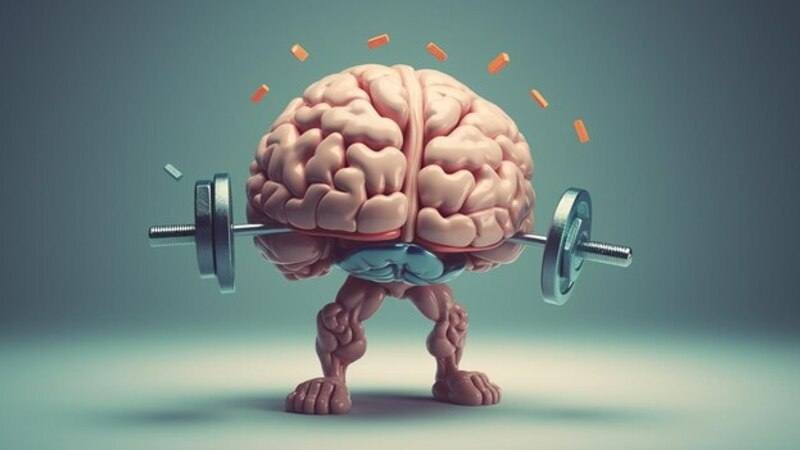Understanding the human brain is a monumental task, one that requires detailed and accurate representations. brain :zpiyzpai3s4= diagram play a crucial role in this endeavor, offering visual aids that help medical professionals, educators, and students grasp the complexities of brain anatomy and function. This article delves into the importance of brain diagrams, their components, and how to use them effectively.Brain diagrams are illustrative representations that showcase the anatomy of the brain. These diagrams can vary in complexity, from simple outlines of the brain’s major regions to intricate depictions of individual neurons. The primary purpose of brain :zpiyzpai3s4= diagram is to facilitate a better understanding of the brain’s structure and its various functions.
Components of Brain Diagrams
Major Brain Regions
Cerebrum: The largest part of the brain, responsible for higher brain functions such as thought, action, and emotion. The cerebrum is divided into two hemispheres, each controlling opposite sides of the body.
Cerebellum: Located under the cerebrum, the cerebellum coordinates muscle movements and maintains posture and balance.
Brainstem: Connecting the brain to the spinal cord, the brainstem controls vital functions such as breathing, heart rate, and blood pressure. It consists of the midbrain, pons, and medulla oblongata.
Lobes of the Cerebrum
Frontal Lobe: Associated with reasoning, planning, parts of speech, movement, emotions, and problem-solving.
Parietal Lobe: Processes sensory information such as touch, temperature, and pain.
Temporal Lobe: Involved in perception and recognition of auditory stimuli, memory, and speech.
Occipital Lobe: The primary visual processing center of the brain.
Subcortical Structures
Thalamus: Acts as the brain’s relay station, directing sensory and motor signals to the cerebral cortex.
Hypothalamus: Regulates vital bodily functions such as temperature, hunger, and the release of hormones.
Basal Ganglia: Involved in movement regulation and coordination.
Limbic System: Includes the hippocampus and amygdala, crucial for emotion and memory.
Types of Brain Diagrams
Anatomical Diagrams
These brain :zpiyzpai3s4= diagram provide detailed views of the brain’s physical structure. They often include labels for different brain regions, helping users identify and locate various parts of the brain.
Functional Diagrams
Functional diagrams illustrate how different parts of the brain are involved in specific activities or processes. These diagrams are particularly useful for understanding the brain’s role in behavior and cognition.
Pathological Diagrams
Pathological diagrams highlight areas of the brain affected by disease or injury. They are valuable tools in medical education and for explaining conditions to patients.
Creating Effective Brain Diagrams
Clarity and Accuracy
Accuracy is paramount in brain diagrams. Mislabeling or incorrect representations can lead to misunderstandings and errors in education and medical practice. Diagrams should be clear and easy to interpret, with labels that are legible and correctly placed.
Use of Color
Color can enhance the understanding of brain :zpiyzpai3s4= diagram by differentiating between various regions and structures. Consistent use of color coding can help users quickly identify and learn about different parts of the brain.
Incorporating 3D Models
Three-dimensional models provide a more comprehensive view of the brain, allowing users to explore its structure from multiple angles. These models can be interactive, providing a deeper learning experience.
Applications of Brain Diagrams
Medical Education
Brain diagrams are indispensable in medical education, helping students and professionals visualize the brain’s anatomy and understand its functions. They are used in textbooks, lectures, and digital resources to enhance learning.
Patient Communication
Doctors use brain :zpiyzpai3s4= diagram to explain medical conditions and treatment plans to patients. Visual aids can make complex information more accessible, helping patients understand their diagnosis and the steps involved in their care.
Research
Researchers use brain diagrams to map out experimental designs and to illustrate their findings. Detailed diagrams can help convey complex scientific information in a more understandable format.
Advancements in Brain Imaging Technology
MRI and fMRI
Magnetic Resonance Imaging (MRI) and functional MRI (fMRI) are advanced imaging techniques that provide detailed images of the brain. These technologies have revolutionized the creation of brain diagrams, offering unprecedented accuracy and detail.
CT Scans
Computed Tomography (CT) scans are another imaging technique used to create detailed brain :zpiyzpai3s4= diagram. CT scans provide cross-sectional images of the brain, which can be used to construct 3D models.
PET Scans
Positron Emission Tomography (PET) scans show the metabolic activity of the brain, highlighting areas of high and low activity. These scans are useful for understanding brain function and diagnosing conditions.
Conclusion
Brain :zpiyzpai3s4= diagram are vital tools in the fields of education, medicine, and research. They provide a visual representation of one of the most complex organs in the human body, aiding in the understanding and communication of brain anatomy and function. As technology advances, the accuracy and utility of brain diagrams continue to improve, offering ever more detailed and comprehensive views of the brain.
